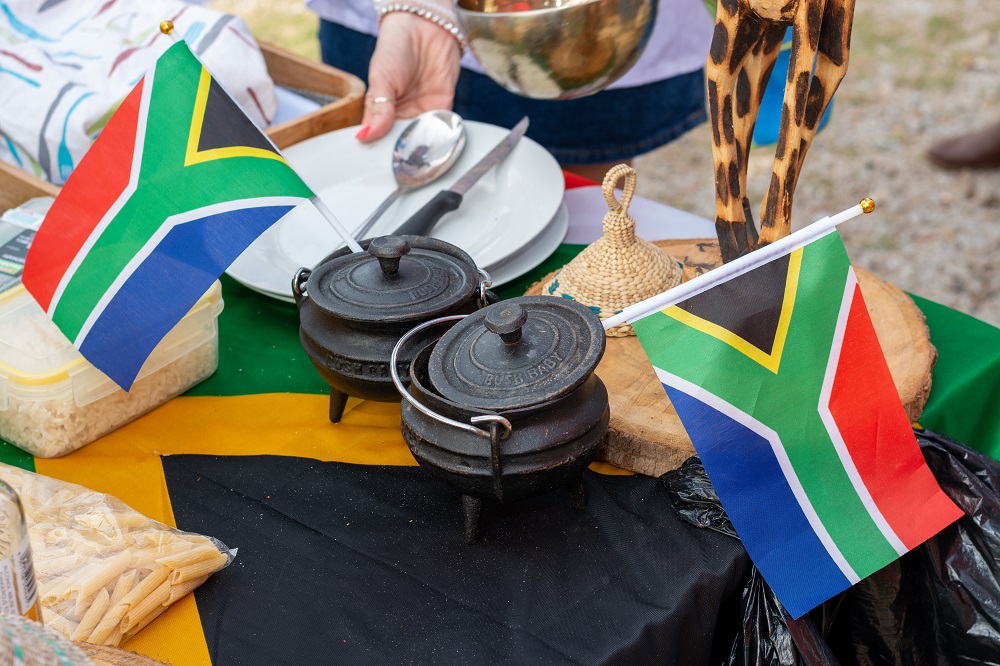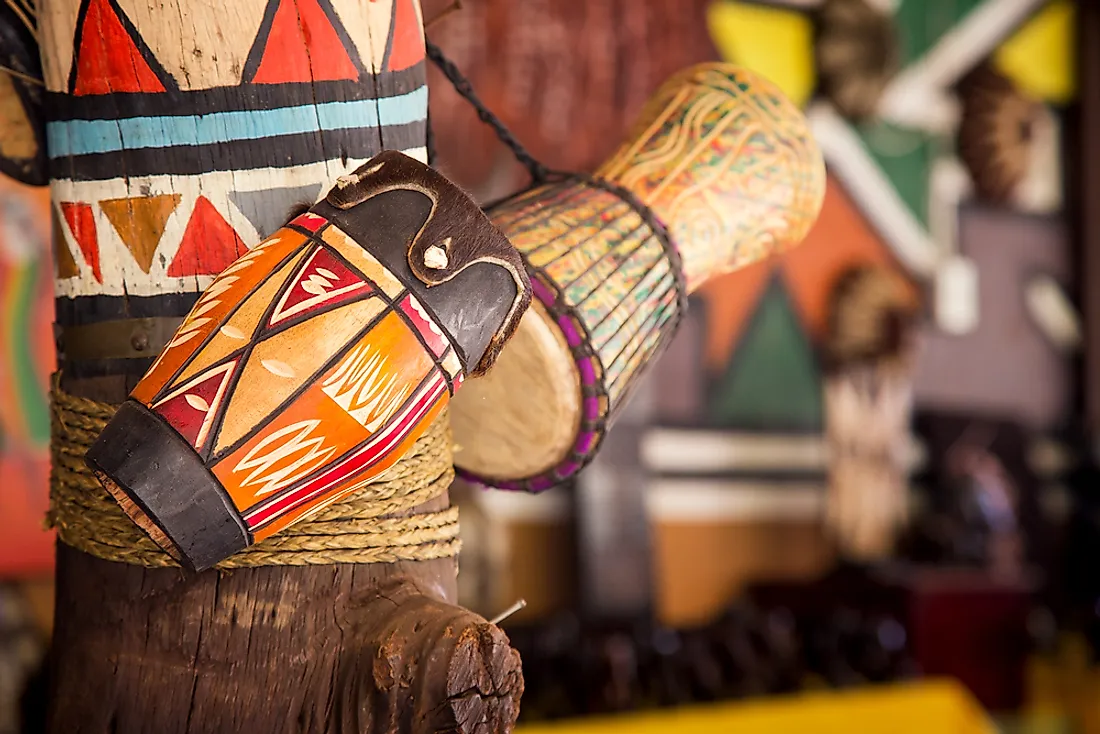The 25-Second Trick For South African Culture Today
The 25-Second Trick For South African Culture Today
Blog Article
The Main Principles Of South African Culture Today
Table of ContentsThe South African Culture Today PDFsSome Ideas on South African Culture Today You Need To KnowSome Known Facts About South African Culture Today.Examine This Report about South African Culture Today10 Simple Techniques For South African Culture TodayThe Greatest Guide To South African Culture Today
This adheres to with singing and drum beating. The couple after that consult with the senior citizens and speak about the value of their union. An issue of relevance in Zambian villages is the passing away of liked ones. All members of the town placed money, time and effort together for the burial of the deceased.Throughout the mourning period; guys stay outside your house and the women remain inside your home of the deceased. After speaking about the departed, the village walks to the place of funeral to state their last bye-byes. Songs and dance is a very essential element of the Zambian culture. The different tribal units have their own dancing forms; nevertheless, makishi is typical amongst all tribes.
Not known Incorrect Statements About South African Culture Today
When it involves music, drums are made use of the most, with a range of drumming events. In Zambia, majority of the people are Christian; Protestant and Roman Catholic. There are tiny teams of Muslims and Hindus, with the remainder following local indigenous tribal ideas.

South African heritage and society is immensely diverse, and consists of numerous various groups of individuals who each have their own traditions and ideas. Having such a variety of individuals and societies is what makes South Africa so special. In truth sense of the expression, we are a rainbow country.
South Africa has approximately three hundred thousand Portuguese individuals residing in it. Making it the 7th on the checklist of nations with the most Portuguese people in it outside of Portugal. Portuguese is not just a culture, yet it is additionally a language and a citizenship. Portuguese people stem from the nation of Portugal in Europe, nevertheless, as a result of Portugal (like lots of various other countries in Europe) checking out the globe and dominating various other countries during the 15th 20th centuries, South Africa has what we call Portuguese South African's living in it.
The Facts About South African Culture Today Revealed
Amongst the prominent functions of the topography is a plateau that covers almost two thirds of the facility of the country. The plateau facility rises towards the southeast, where it culminates in the Drakensberg range, component of a cliff that separates the plateau from the coastal locations. The Drakensburg includes Champagne Castle, the highest top in the country.
The area north of the Witwatersrand, called the bushveld, slopes downward from eastern to west towards the Limpopo River, which creates the worldwide boundary. The western section of the plateau, the middleveld, also descends in the direction of the west and varies in altitude in between the highveld and bushveld. In between the Drakensburg and the eastern and southerly coast, the land comes down to the sea.
Nearer the coast there is a low-lying level called the eastern lowveld. Southwest of the plateau the nation becomes considerably a lot more arid, providing way to the hostile desert of the Great Karroo, approached the eastern by the reduced, better sprinkled plateau of the Little Karroo. Separating the completely dry southern interior from the sandy coastal of the southern coast and West Cape is an additional array, the Langeberg.
South African Culture Today - The Facts
The country's racially, ethnically, and politically divided history has created nationwide and subnational icons that still work as signs of the country, and others symbols that are approved only by specific groups. The monuments to white inhabitant occupation and political supremacy, such as the Afrikaner Voortrekker ("pioneer") Monolith in Pretoria and the Rhodes Monument recognizing the British colonial realm contractor and Cape head of state Cecil Rhodes, continue to be sectarian symbols.
The first contemporary residents were the San ("bushman") hunter-gatherers and the Khoi ("Hottentot") individuals, that herded animals (South African culture today). The San may have been present for countless years and left evidence of their visibility in thousands of old cavern paintings ("rock art"). Bantu-speaking clans that were the ancestors of the Nguni (today's amaZulu, amaXhosa, amaSwazi, and vaTsonga peoples) and Tswana-Sotho language groups (today's Batswana and Southern and Northern Basotho) moved down from east Africa as very early as the fifteenth century

The two former republics of the Orange Free State and Transvaal (South African Republic) were established by Afrikaner inhabitants that beat and dispossessed the Basotho and Batswana. Lesotho would certainly have been forcibly integrated into the Orange Free State without the expansion of British defense in 1869. The ultimate unification of the nation arised from the South African War (18991902) between the British and both Afrikaner republics, which reduced the country to destroy at the start of the twentieth century.
Afrikaners historically considered themselves the only true South Africans and, while this hyperlink granting full citizenship to all locals of European descent, rejected that standing to individuals of shade up until the autonomous shift of 1994. British South Africans preserve a sense of cultural and social link to Great Britain without damaging their identification as South Africans.
How South African Culture Today can Save You Time, Stress, and Money.
The variety and fragmentation within ethnic collections and the equilibrium of stress in between those teams throughout the twentieth century prevented interethnic civil problem. While intergroup tensions over resources, privileges, and political supremacy remain, those disputes are as likely to pit Zulu versus Zulu as Zulu against Xhosa or African see this site versus Afrikaner.
From colonial India, British merchants and managers brought the curved steel decorative roofing systems and slim shoelace job pillars that still epitomize the outdoor patios of cottages in towns and cities throughout the country. Houses of prayer add a crucial architectural aspect also in the smallest communities. Along with the rising steeples and timeless stonework of Afrikaans Dutch Reformed churches, Anglican churches, synagogues, mosques, and Hindu shrines offer range to the religious building scene.

Butchering and the brewing of traditional grain beer are crucial in safeguarding the engagement and goodwill of the ancestors who are thought about the guardians of good luck, success, and health. Indian neighborhoods preserve their indigenous cooking traditions and apply them on Islamic and Hindu routine and ceremonial events. Afrikaners and Coloured individuals collect at weekends and special events at multifamily barbecues called braais, where area bonds are reinforced.
Due to the fact that this was the main economic business of both black Africans and white homesteaders, problem between those groups fixated the possession of grazing land and animals. In 1867, the largest diamond deposits in the globe were found at Kimberley in the west central area. The riches from those fields aided fund the exploitation of the best gold reef worldwide, which was found on the Witwatersrand in 1886.
Not known Factual Statements About South African Culture Today
This led to misconceptions and intentional misrepresentation in the ventures of white settlers and federal government authorities with African principals throughout the colonial period (South African culture today). In the establishment of African reserves, some elements of public and primarily "tribal trust" land tenure were protected, and also in white country locations, kinds of public tenure were still exercised in locations with African communities
After the autonomous transformation of 1994, programs for land restitution, redistribution, and reform were set up, but development has been slow-moving. The white minority still controls eighty percent useful source of the land. Following agricultural land invasions in Zimbabwe, the Division of Land Affairs has actually promised to speed land redistribution.
Report this page